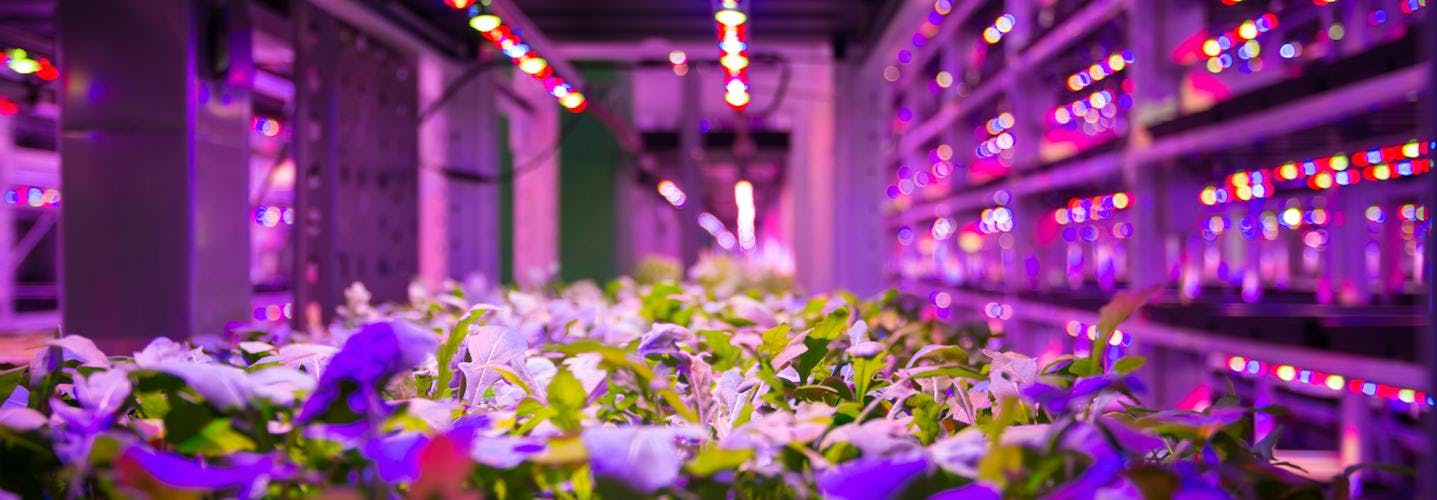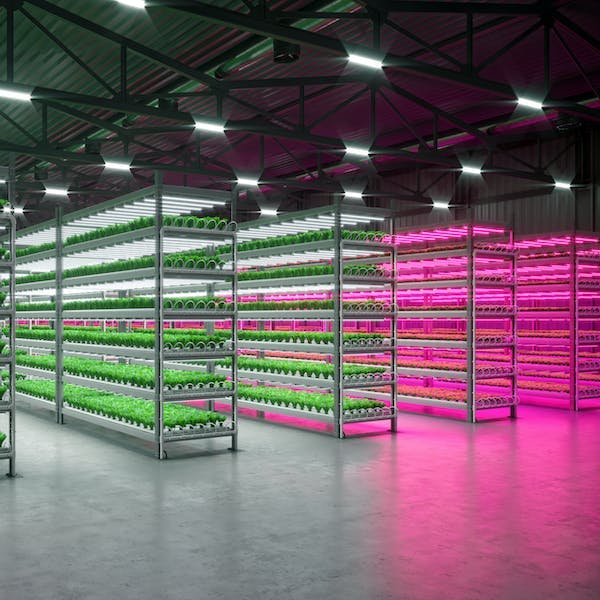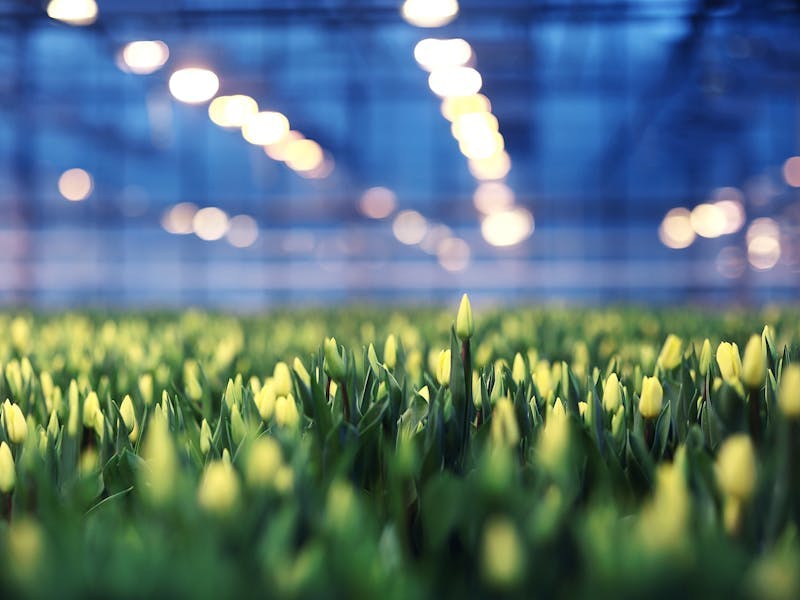Vertical farming for food production
Vertical farming experienced an investment boom in the 2010s, with large-scale farm projects blooming near major city centers in the US, EU, Asia, and Middle East. Those large-scale plant factories and container farms have demonstrated the capacity of the technology to deliver at scale ultra-fresh vegetables – herbs and salads, mostly – year round, free of pesticides while minimizing soil footprint and water utilization. Yet, the sector still suffers from hard-to-balance economic units, in a traditionally low-margin, high-volume market.
Controlled environment ventures for food production outside leafy greens products do exist – often in berries or tomatoes – but they remain mostly experimental or address niche luxury markets. It's no surprise, though – there's a technical and expertise gap between growing a product of vegetative growth, where photosynthesis is the only key driving factor to master, and more complex crops. The latter present subtle and specific physiological mechanisms that unravel new dimensions of challenges, both technical and in the agronomy expertise required.
Approaching those new frontiers with the same mindset and technology that showed success in producing leafy greens will fail over and again. The projects that show results in growing berries or tomatoes are the ones that challenge engineering solutions and practices of the industry.
So, what makes it difficult to grow beyond herbs and greens? What are the challenges to overcome for the industry to yield results in flowering plants and other sophisticated cultures? And most importantly, what are the upsides and opportunities for those that adopt the right technical solutions?
Simple, controlled growth
At the most basic level, plants require a fitting environment for their development. An adapted climate, light source and access to the required nutrients. Traditional CEA technologies package together equipment providing those resources, and control systems to automate the whole growth process. An HVAC unit steers the climate (temperature and relative humidity), LED lights provide a substitute for sunlight, and CO2 & nutrients injectors deliver the plant with the inputs it needs.


